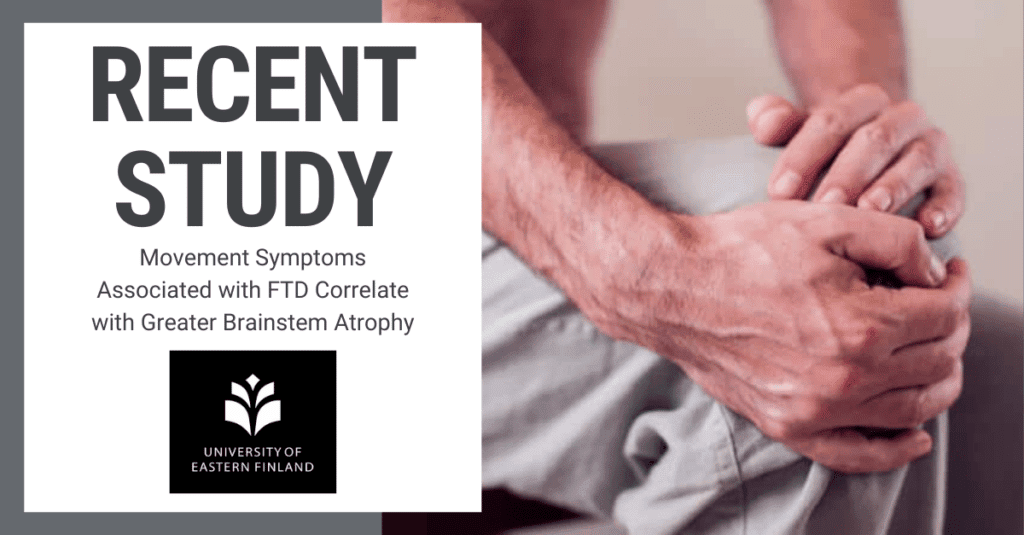Movement Symptoms Associated with FTD Correlate with Greater Brainstem Atrophy, Study Finds

Persons diagnosed with FTD who exhibit extrapyramidal symptoms are likely to have significantly more brainstem atrophy and reduced metabolism in certain brain areas compared with persons diagnosed who don’t exhibit such symptoms, a recent study shows.
Extrapyramidal symptoms refer to involuntary movements such as tremors and other automatic movements, as well as slowness, stiffness, and loss of facial expressions. These symptoms are often associated with atypical Parkinsonism-related FTD disorders such as progressive supranuclear palsy (PSP) and corticobasal degeneration (CBD).
The findings, published in the Journal of Neurology on April 4, show that significant structural and metabolic differences can be detected in the brains of persons with FTD with extrapyramidal symptoms when compared to persons diagnosed without those symptoms.
“If our findings are confirmed in other cohorts, they can be used in early diagnostics to distinguish between [FTD] and Parkinson’s disease, for example,” said Sami Heikkinen of the University of Eastern Finland, the study’s lead author, in a press release. “These findings will also provide us with a better understanding of the mechanisms of these diseases.”
Read the full University of Eastern Finland press release here.
By Category
Our Newsletters
Stay Informed
Sign up now and stay on top of the latest with our newsletter, event alerts, and more…

